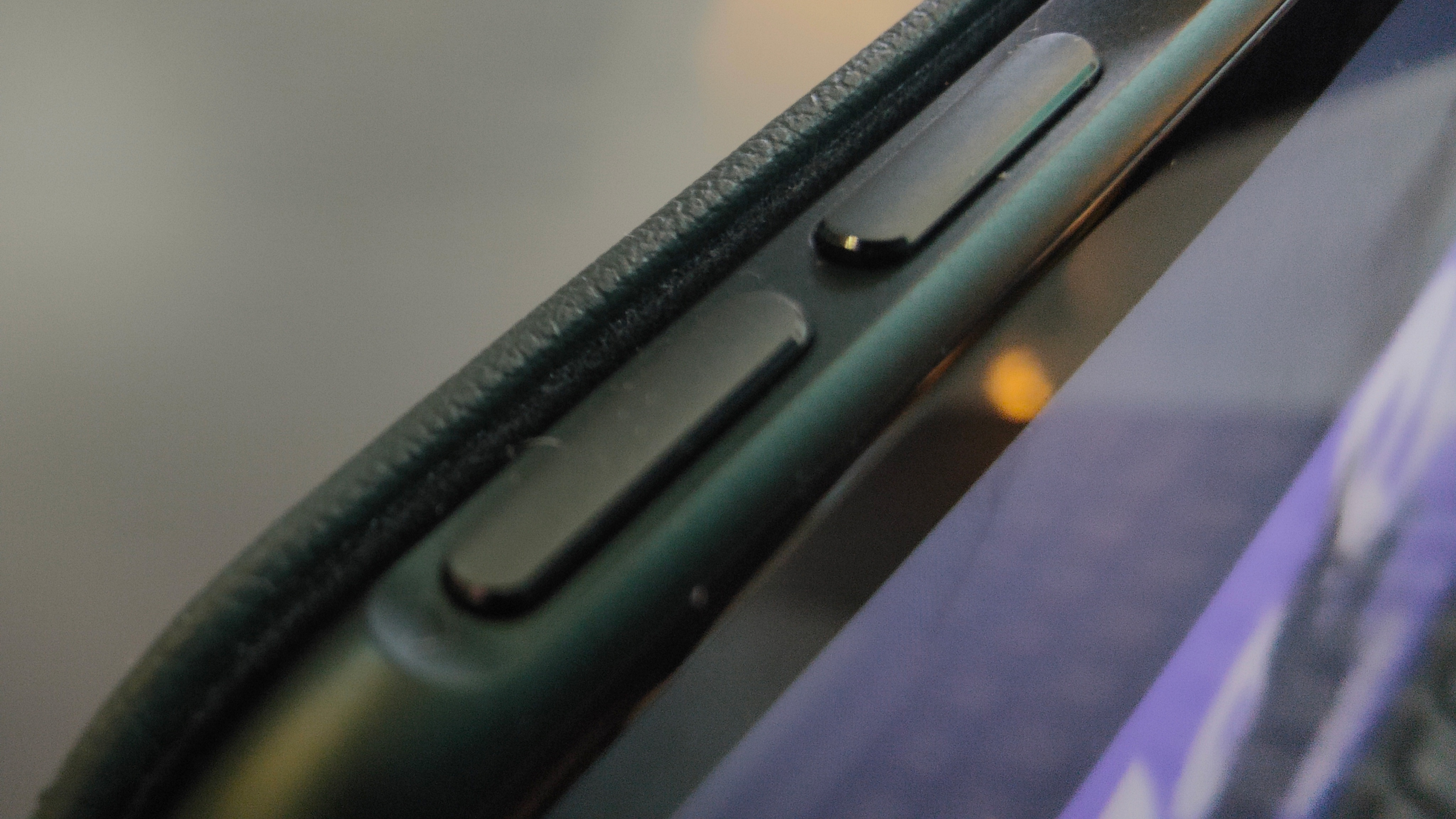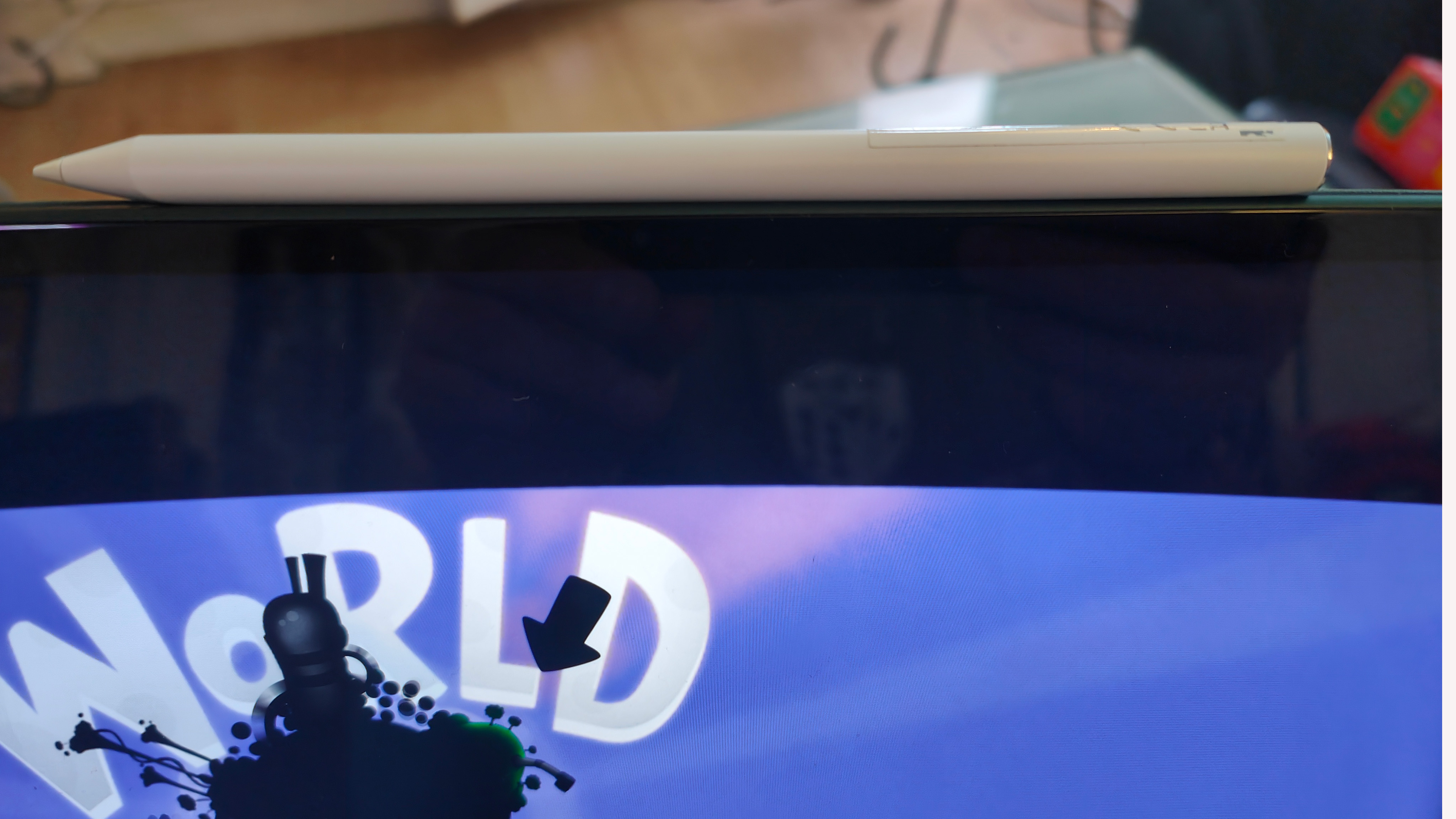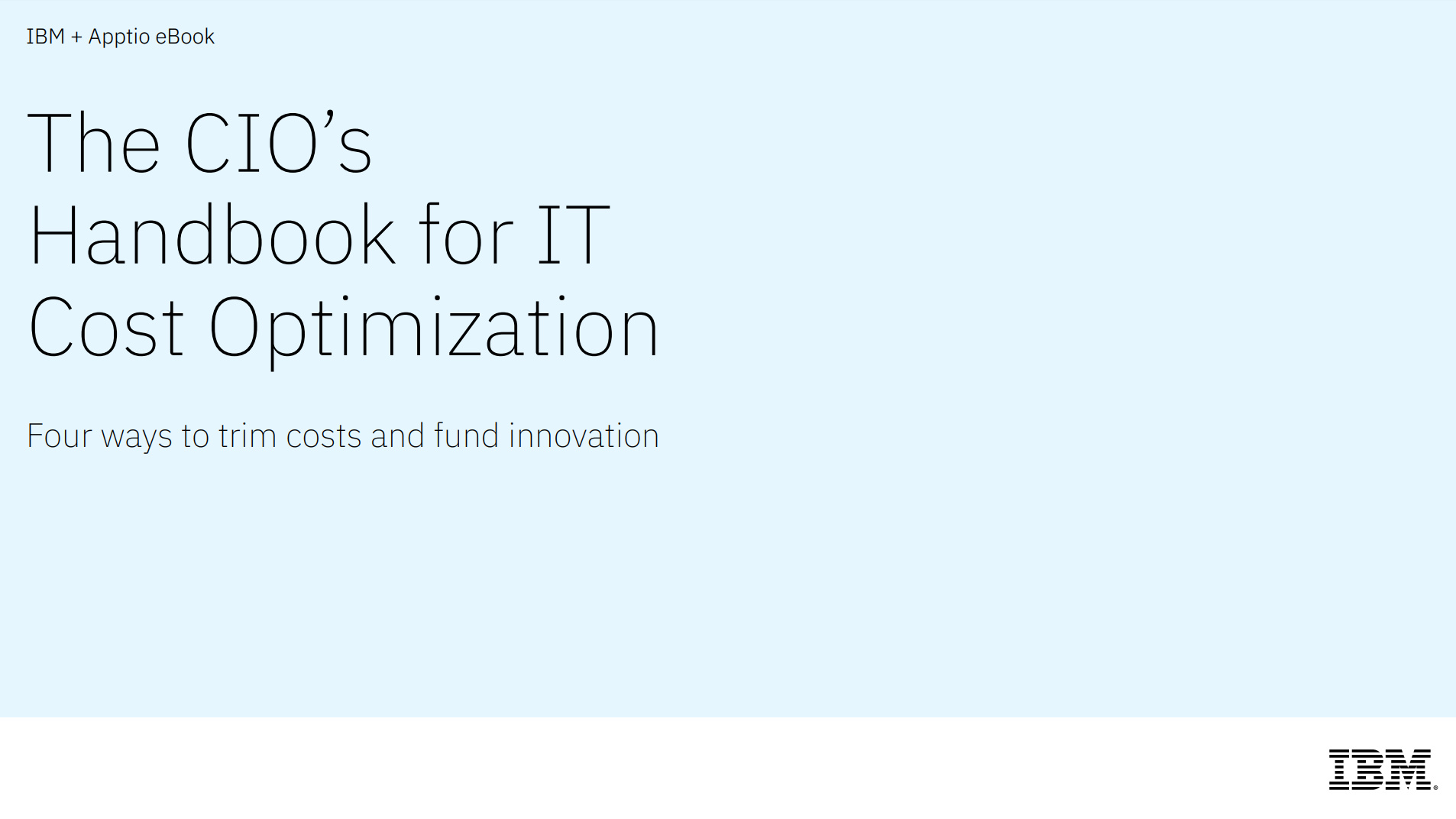OnePlus Pad review: An excellent and passable laptop replacement
Despite odd niggles, the OnePlus Pad has a lot going for it and impresses as an entry into a new form factor for the former value brand

-
+
Gorgeous Screen
-
+
Responsive OS
-
+
More upgrades scheduled
-
-
Oversensitive screen edges
-
-
No SIM slot
-
-
The single green color option isn't for everyone
After wowing phone lovers over the past decade with flagship mobile devices at mid-range prices, OnePlus, now firmly under the auspices of parent company Oppo, has taken its first plunge into the murky world of Android tablets. Originally shipping with Android 13, the OnePlus Pad has already surpassed many of its rivals with a speedy upgrade to Android 14 and a commitment to a regular upgrade schedule. It's for this reason that it clocks in at a more premium price compared to cheap unbranded equivalents that stay rigidly where they are.
But is that extra money justified, and is it enough to justify eschewing Samsung and Lenovo, both of whom have made a name for themselves in the premium tablet space?
Our review package consists of the 128GB model, with 8GB of RAM (a 256GB/12GB version is also available in some territories, with the matching magnetic keyboard folio and stylus. All the accessories are sold separately, so the £449 RRP quickly becomes £707 when looking at the complete suite. In common with many manufacturers, a wall charger is also an add-on, and though you'll want the speed of OnePlus's proprietary Warp 67W charger (another £28), as you'll see, the battery life means you could manage without.
OnePlus Pad: Design
In terms of looks, the OnePlus Pad is slim and gorgeous, with an 11.6in screen, crammed into a frame measuring 258 x 189.4 x 6.5 mm. That slimline spec and 552g weight make it incredibly comfortable to hold without a case, and exceedingly practical when packed inside the keyboard folio case. The rounded edges add to the ergonomic comfort, but mean that the modest bezels belie the 84.6 screen ratio, brought down by bulges rather than black bars.
Round the back is the bold choice of a "Halo Green" metallic finish – rather more of a "forest" or "sage" color to non-advertising executives, but an odd choice for the only colorway currently available. The rear camera sits in a neat circular array with minimal bulge. With the tablet in its native horizontal form, the top edge holds the volume keys and microphone, with power to the left and a USB-C socket to the right. There are two speakers on each side too, which are muffled when covered with a hand, which can be a bit frustrating, and a reminder that this is a device that is happiest in its folio. This rationale is backed up by the fact that, despite those bezels, it is very easy to make accidental inputs with a rogue finger holding the tablet. The top edge is also magnetized to grip the optional stylus which charges it on contact, while the bottom edge has contacts for attaching to the folio. The 2,000 x 2,800 display is clear, crisp, and bright, with the 144Hz refresh rate tameable thanks to the addition of app-specific refresh rate selection in Android 14, meaning you can squeeze even more out of the battery for low-lift apps.

OnePlus Pad: Specs and performance
Under the hood, there's a Mediatek Dimensity 9000 4nm chipset, consisting of 1x3.05 GHz Cortex-X2 & 3x2.85 GHz Cortex-A710 & 4x1.80 GHz Cortex-A510 and a Mali G710 MC10 GPU, all of which meant that no matter what we threw at it, there was a lag-free experience, even with our "lesser" 8GB RAM review unit. The 128GB RAM is enough for most use cases, but we'd have liked to have seen a memory slot, which would make it more appealing as a laptop replacement.
Connectivity is impressive – with WiFI 6, Bluetooth 5.3, and GPS all present and correct, and the USB port includes OTG for any wired accessories you may be craving. There's none of the more phone-specific nice-to-haves – no fingerprint sensor is fair enough, but we did miss the option of NFC a few times as it finally carves out a niche for itself in our daily lives.
Sign up today and you will receive a free copy of our Future Focus 2025 report - the leading guidance on AI, cybersecurity and other IT challenges as per 700+ senior executives
The cameras are ample for day-to-day use, with an 8MP selfie camera hidden in the bezel, capable of 1080p 30fps video, which is more than enough to look good on Zoom. Round the back, the main camera clocks in at 13MP with LED flash, though again, the frame rate is maxed out at 30fps.

Docking the tablet in its folio keyboard creates a genuinely practical laptop alternative that is refreshingly sturdy enough to actually be used on your lap (which is how we're writing this review). The docking position is fixed, however, and although we didn't have any major issues with using it this way, your experience may differ – but we'd rather have sturdy and fixed, not flexible and wobbly anyway. The keyboard itself is a joy to type on, with a comfortable action and elegant key spacing, while the touchpad is responsive without being intrusive for those rogue palms.
The stylus is very much a nice-to-have and is certainly accurate enough to capture handwriting and fine brush strokes that exceed expectations but fall below what we'd class as graphic design level. That said, the touch display is so responsive, that we barely missed the stylus for the vast majority of functionality.

When we were preparing this review, we were using Oxygen 13.1, based on Android 13. Still, to our delight, Android 14 became available in December 2023, making it one of the first devices to get the update, and forcing a hasty rewrite of our performance benchmarking. Having said that, most of the Android 14 enhancements are under the hood, so don't expect too much change to the user experience. This isn't a problem though as the OxygenOS implementation of Android has always been a joy to use.
RELATED RESOURCE

Discover ways you can trim costs and fund IT innovation
DOWNLOAD NOW
Those benchmarks are fairly pleasing for a first effort. In terms of our GeekBench 6 testing, the OnePlus Pad clocked a single-core score of 1113 and multi-core of 2974. This compares favorably with the Lenovo P11 Pro that mustered 824/2893.
Where the OnePlus Pad really shines, however, is in its battery life. Once upgraded to Android 14, in our continuous video test, the 9125mAH-clad device clocked up a very hefty 14hr 53min, which compares favorably to almost every device in its class, with over an hour more stamina than the current iPad Pro and current Lenovo Tab P11 Pro – though the latter's first iteration was capable of over 17hrs.
As we've mentioned already, Oxygen 14 is the operating system of choice here, which augments stock Android without smothering it, offering buttery smooth transitions and an extremely usable multi-task experience, made all the more pleasing with an effectively executed split window or even floating window capability.
READ MORE

The slogan of Oxygen 14 is "Evolved to Succeed" which feels appropriate given that the visual and feature changes are fairly minimal compared to the out-of-the-box Oxygen 13.1 experience, to the point that we actually had to double-check if the update had worked. However, it's fairly clear after a few minutes of use that a lot of work has gone into making the animations even smoother, the RAM use more efficient, and the battery life even longer, so we can't really complain that it's evolution, rather than revolution.
OnePlus Pad Is it worth it?
Is the OnePlus Pad perfect? No. For the price, we'd hope that some of the niggles in this review would have been straightened out, particularly surrounding accidental touches to the screen, and the auto-rotate, which appears to have a life of its own, which could be down to a software bug or a false accelerometer.
Nevertheless, notwithstanding it's a first stab, it's an excellent tablet, and with the accessories bundle, it's a more than passable laptop replacement for those on-the-go days and working on the sofa. It's not powerful enough to be your only machine, and regardless of the version, Android simply isn't a replacement for a desktop operating system, though each iteration has brought it closer to being a passable rival for PadOS. The lack of LTE support reduces its holy grail status somewhat, but it's also a fraction of the price of a Samsung Galaxy S9, yet offers the ongoing support that off-brand tablets simply don't give, making it a good long-term purchase. We like. We don't adore. But we very much like.
OnePlus Pad specifications
| Dimensions HWD | 258.03 x 189.41 mm x 6.54 mm |
| Weight | 552g |
| Display | 11.61in, LCD |
| Resolution | 2800 x 2000 pixels, 144 Hz Display |
| RAM | 8GB LPDDR5 |
| Storage | 128GB UFS 3.1 |
| Operating System | OxygenOS 13.1 |
| CPU | MediaTek Dimensity 9000 |
| GPU | ARM G710 MC10 |
| Connectivity | Wi-Fi 6 (802.11ax), Wi-Fi 5 (802.11ac), 802.11a/b/g/n/ WLAN 2.4G/WLAN 5.1G/WLAN 5.8G, Bluetooth® V5.3, Bluetooth® Low Energy, supports TWS devices |
Chris Merriman has been writing about technology since the 1990s for a variety of titles including Computer Shopper, MSN, TechRadar, Tom’s Guide and The Inquirer, where he broke a number of major tech news stories that were picked up globally. He has appeared on BBC, Sky News and Al Jazeera and was the resident tech expert at TalkRadio for a number of years. In between times, he has also been a consultant for several major tech firms.
Chris is fascinated by automation and the internet of things, as well as the evolution of the ways we communicate in the digital era. He's also a frequent contributor to ITPro's software guides, including Windows operating systems. Other specialisms include storage, peripherals, and web apps, and any gadget he’s allowed to take apart and fiddle with, preferably after throwing away the box, manual and receipt.
-
 Trump's AI executive order could leave US in a 'regulatory vacuum'
Trump's AI executive order could leave US in a 'regulatory vacuum'News Citing a "patchwork of 50 different regulatory regimes" and "ideological bias", President Trump wants rules to be set at a federal level
By Emma Woollacott Published
-
 Microsoft Excel is still alive and kicking at 40 – and it's surging in popularity as 82% of finance professionals report ‘emotional attachment’ to the spreadsheet software
Microsoft Excel is still alive and kicking at 40 – and it's surging in popularity as 82% of finance professionals report ‘emotional attachment’ to the spreadsheet softwareNews A recent survey found Gen Z and Millennial finance professionals have a strong “emotional attachment” to Microsoft Excel
By Emma Woollacott Published
-
 LastPass hit with ICO fine after 2022 data breach exposed 1.6 million users – here’s how the incident unfolded
LastPass hit with ICO fine after 2022 data breach exposed 1.6 million users – here’s how the incident unfoldedNews The impact of the LastPass breach was felt by customers as late as December 2024
By Emma Woollacott Published